Middle Ages to the The Scientific Revolution (1300 - 1704)
Back to the Index of I2AO (Introduction to Astronomy Online)
ASTRONOMY THROUGH THE AGES: Middle Ages to the Scientific Revolution (1300 - 1704) by Lesa Moore and Ian Kemp
- 1307 – Theodoric of Freiberg
- 1543 – Nicolaus Copernicus
- 1567-1601 – Tycho Brahe
- 1609, 1619 – Johannes Kepler
- 1610, 1632 – Galileo Galilei
- 1676 – Ole Rømer
- 1687, 1704 – Isaac Newton
-----------------------
9: 1307 – Theodoric of Freiberg
Author: Lesa Moore
Everyone has seen a rainbow. Not everyone fully understands how a rainbow is formed, or knows who figured it out. Enter Theodoric of Freiberg, a German monk of the Dominican order and a theologian and physicist. He studied light and colour and wrote several volumes on the subjects. He rejected Aristotle's hypothesis that the rainbow results from collective reflection by the raindrops in a cloud. He suggested, instead, that each drop is individually capable of producing a rainbow. He was one of the first to use a round flask of water to simulate a raindrop. I say “one of the first” because one of his contemporaries, Kamal al-Din al-Farisi, independently performed the experiment and also wrote up his findings.
Theodoric examined the geometry of the light paths reflecting off the back of the flask, and the way the colours were refracted at the air-water (glass) interfaces on the way in and again on the way out of the simulated raindrop.
With even more detail, he explained the colours and position of the primary rainbow (from light reflected only once inside the raindrops), the colour reversal and position of the secondary rainbow (due to the light being reflected twice inside the raindrops), and the roles of individual raindrops in creating the total effect. Have a go next time you’ve got a wine glass of water under a strong light!
While this achievement stands alone for its scientific method, the understanding of light and the dispersion of colour became intrinsic to astronomy in later centuries.
Figure 9.1 below - Diagram of formation of the rainbow
Image Credit: Dailymedieval.blogspot.com
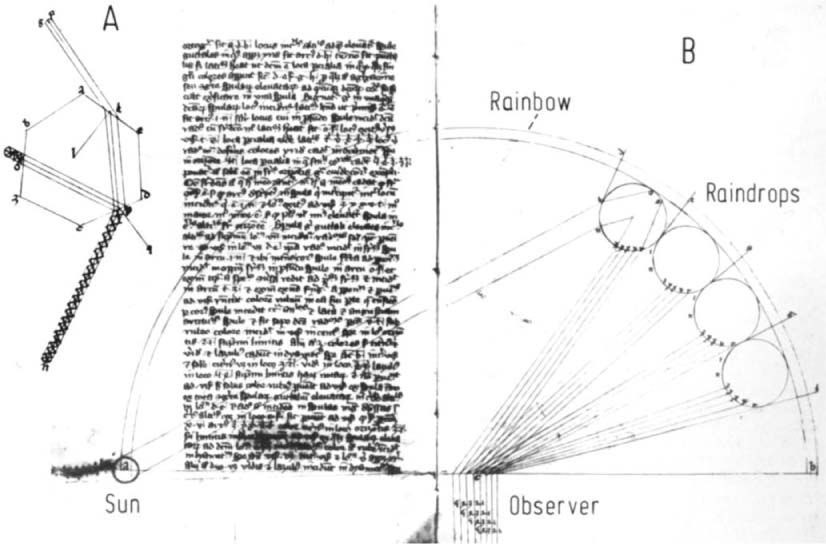
Figure 9.2 below - Full-featured double rainbow: This amazing rainbow was photgraphed from Wrangell-St. Elias National Park, Alaska.
Image Credit: Eric Rolph, under Creative Commons Licence

Figure 9.3 below - Wine glass rainbow
Image Credit: Photo by Lesa Moore

10: 1543 – Nicolaus Copernicus
Author: Ian Kemp
My dad (1939-1989) used to call him “Copper Knickers” which proves, if nothing else, that Copernicus was so famous that even a Royal Navy CPO had heard of him 400 years after his passing.
Back in the 1400s, borders used to change quite frequently so, although Polish, he was born in Prussia and the politics of the day must have been dangerously ‘interesting’. After the death of his merchant father, Nicolaus Copernicus (1473-1543) went to live with his uncle, who was a well-connected and wealthy clergyman. He sent Nicolaus to school and helped him get into the University of Kraków, where mathematics and astronomy were burgeoning subjects. He was, of course, fed the prevailing philosophies of Aristotle and Ptolemy – but, greatly to his credit, he was able to see the errors and over-complications in these systems and, eventually, his views solidified around a heliocentric solution to the Solar System.
He finally published "De revolutionibus orbium coelestium" in 1543 and then received the storm of criticism that he had expected. Most of his critics did not attack the facts, of course, but preferred ‘ad hominem’ abuse of the man himself, an unworthy Pole, who had dared to challenge the wisdom of the ancients.
The Copernican cosmology, at last, did away with epicycles, deferents and some other baggage from Ancient Greece, but kept the crystalline spheres and circular orbits. At least it could explain the retrograde motion of the outer planets and, within the experimental accuracy of the day, it seemed to be a job well done.
Figure 10.1 below - Monument to Copernicus in Warsaw
Image Credit: Marek and Ewa Wojciechowscy, GNU Free Documentation License

Figure 10.2 below - Copernican Solar System: Cropped image of page 9 verso of the autograph manuscript of Nicolaus Copernicus’s "De Revolutionibus Orbium Coelestium".
Image Credit: Public Domain
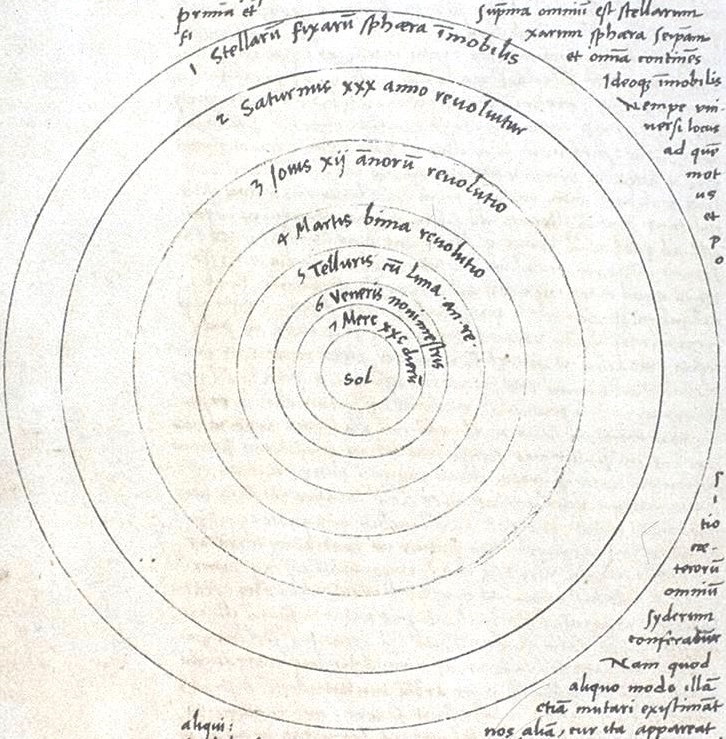
11: 1567–1601 Tycho Brahe
Author: Ian Kemp
If I had all the money in the world …
Tycho Brahe had a silver nose-piece that was fitted after he lost the tip of his nose in a fencing duel. From this, you might rightly guess that he was from a rich, aristocratic family. He used his wealth to build what was then the world’s largest observatory, on his private island in the waterway between Sweden and Denmark. He established a research institute called “Uraniborg”, which was self-contained to the point of having his own paper factory to create the material on which to publish his results. If you are an English speaker, and not from Denmark, you might try pronouncing his name as “Too-co Bra-hey”.
After some royal problems, Tycho left Denmark and ended up as the court astronomer in Prague, where he became involved in the rather heated controversy between the Earth-centred (geocentric) and Sun-centred (heliocentric) views of the Solar System and ended up developing his own hybrid model, with the Sun and Moon orbiting the Earth while all the other planets orbited the Sun.
Having been born in 1546, Tycho died in 1601, following a massive banquet at which he drank to excess, but refused to leave the table for the toilet. A burst bladder spelled the sudden end to his astronomical career. His great contribution was to leave behind after his death a huge collection of meticulous records of stellar and planetary positions, to unprecedented accuracy for the time. Especially useful were his observations of the apparent position of Mars, specifically the annual times at which Mars, Earth and the Sun aligned.
These data were analysed by his assistant, Johannes Kepler, who had to reject his own belief in the Copernican model of the Universe because Tycho’s measurements just did not fit. Kepler resolved the problem and revolutionised our understanding of planetary orbits, but only because of the legacy of careful, meticulous work which characterised the career of Tycho Brahe.
Tycho also accomplished a number of other breakthroughs, including the use of data to upset the applecart when it came to simplistic models of the Moon’s orbit, and to set the cat among the pigeons by using measurements of stellar parallax to show that the apparent visual size of stars was incompatible with the distance supposed by the Copernican model.
Figure 11.1 below - Portrait of Tycho in 1598
Image Credit: Danish Royal Library

Figure 11.2 below - Uraniborg Observatory: Tycho's observatory on the island of Hven in 1576.
Image Credit: Tycho Brahe Museum

Figure 11.3 below - The Mural Quadrant: Tycho Brahe's mural quadrant in Uraniborg (radius 194 cm) was made from brass and affixed to a north-south oriented wall. The observer (right) viewed a star through the opposite opening (depicted as a tiny window at upper left) to determine the star's altitude as it passed through the meridian. The area above the quadrant was filled with a mural painting. It was the Mural Quadrant that allowed Tycho to measure star positions with unprecedented accuracy.
Image Credit: Engraving from the book: Tycho Brahe (1598), Astronomiae instauratae mechanica, Wandsbeck

Figure 11.4 below - Stjerneborg Tycho constructed a second, underground, observatory adjacent to Uraniborg. It was called Stjerneborg and much of this site can still be seen today.
Image Credit: Photo courtesy Ray Johnston
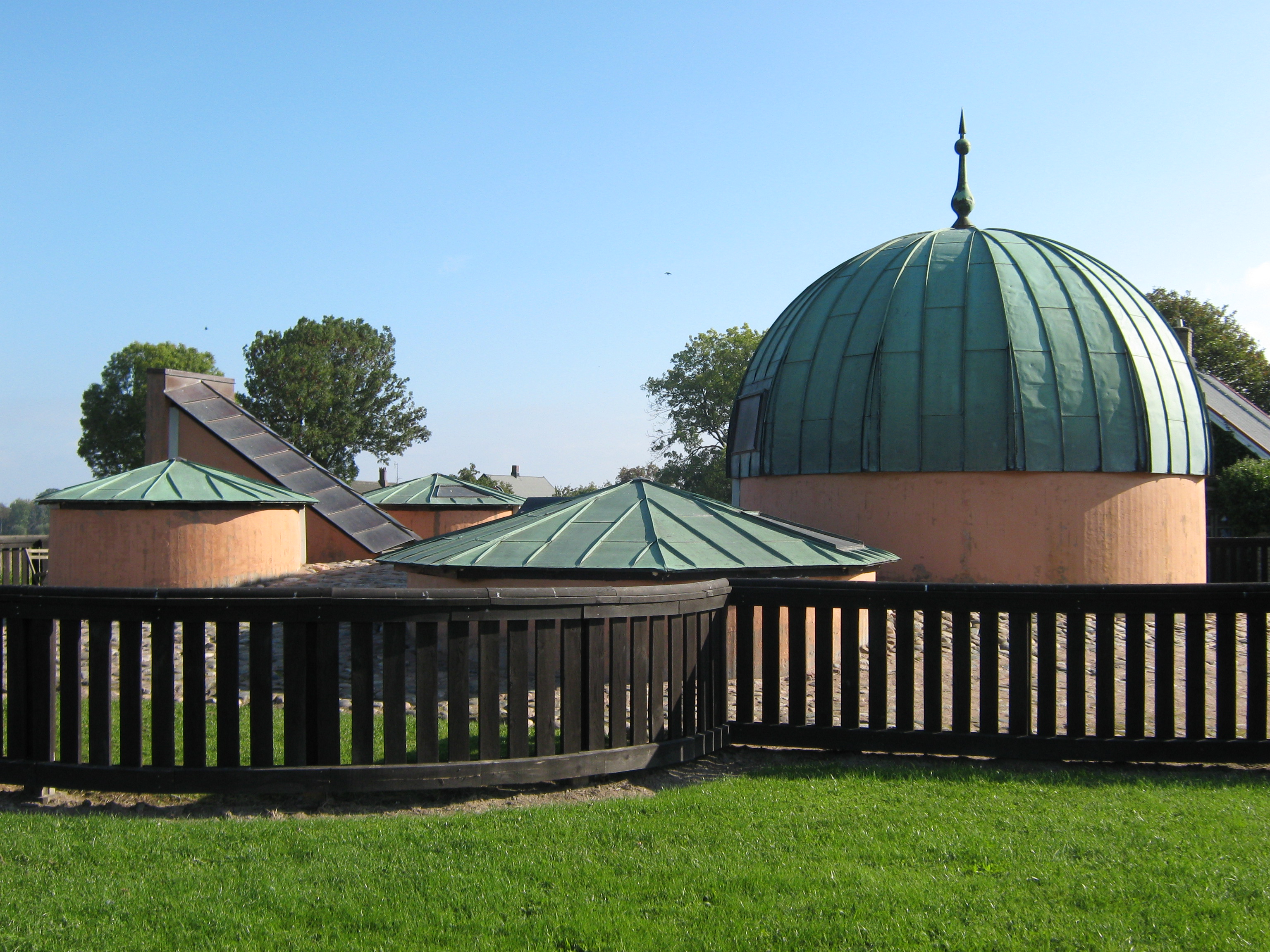
Figure 11.5 below - “Underground” Quadrant at Stjerneborg
Image Credit: Photo courtesy Ray Johnston

12: 1609 – Johannes Kepler
Author: Lesa Moore
I heard a line recently: “The best thing about the good old days is that they’re gone.” How does this relate to Kepler, who was in the midst of his career at the start of the seventeenth-century scientific revolution? Well, Kepler suffered from smallpox as a child, in the bad old days before vaccines. The good news is that he survived. The bad news is that he was left with crippled hands and diminished vision. The good news is that, in addition to his astronomy (and astrology) skills, he was a brilliant mathematician.
He defended the Copernican (heliocentric) system in the first of his many publications, Mysterium Cosmographicum (The Cosmographic Mystery, 1596). He sent copies to a number of contemporary astronomers. This was how correspondence began between Kepler and Tycho. The two met in 1600 and Kepler began doing some analysis work for Tycho, though Tycho was very protective of his data and only gave essential snippits to Kepler.
When Tycho died unexpectedly in 1601, Kepler was appointed imperial mathematician to the emperor, Rudolph II.
In the following years, among other achievements, Kepler derived the first two of his three laws of planetary motion. He examined ovoid orbits, which stubbornly didn’t fit the data any better than circles. Finally, in 1604, he settled on the ellipse as the correct orbital shape, with the Sun at one focus, and was able to calculate a complete orbit of Mars that fitted the observations. He also worked out the equal areas in equal time bit. And, then, … he endured five years of legal disputes (over the use of Tycho’s observations) before he could publish! Hence, the 1609 date in the title of this piece.
Subsequently, he communicated with Galileo, studied telescope optics, proposed the Keplerian telescope design, and wrote papers on snowflakes and measuring the volume of a wine barrel! His interests were certainly diverse.
It wasn’t until around 1618 that he formulated his 3rd law of planetary motion. Kepler’s Laws, in summary (thanks, Wikipedia), are:
- The orbit of a planet is an ellipse with the Sun at one of the two foci.
- A line segment joining a planet and the Sun sweeps out equal areas during equal intervals of time.
- The ratio of the square of an object’s orbital period to the cube of the semi-major axis of its orbit is the same for all objects orbiting the same primary.
His multi-volume book, "Epitome astronomiae Copernicanae" ("Epitome of Copernican Astronomy", 1617-1621) was read by astronomers throughout Europe and, following Kepler’s death in 1630, was the main vehicle for spreading Kepler’s ideas, becoming the most widely used astronomy textbook of the mid-17th century.
Figure 12.1 below - Kepler: Portrait of by an unknown artist
Image Credit: Public Domain

Figure 12.2 below - Diagram illustrating Kepler’s third law
Image Credit: APlusPhysics.com
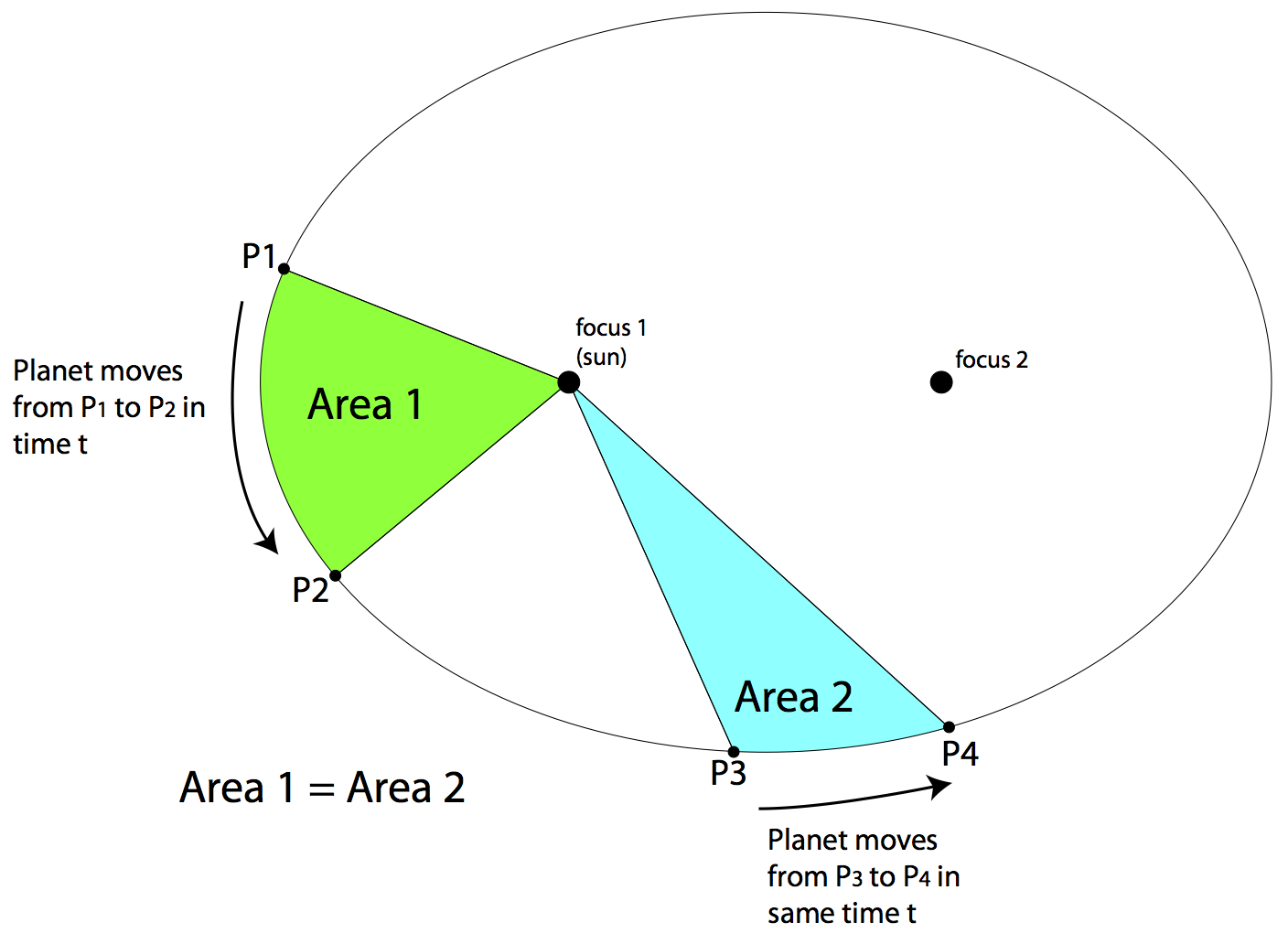
13: 1610 – Galileo Galilei
Author: Lesa Moore
Where does one begin to describe Galileo’s contributions to astronomy and science? He didn’t invent the telescope but, having heard of its invention, it didn’t take him long to figure out how to make one. He made several for himself and was first to use a telescope to look at celestial objects and report his findings. What he found put so many holes in the Christian dogma (based fundamentally on Ptolemy’s writings, including the geocentric model of the Universe) that trouble naturally ensued. This all started with his first celestial observations in 1609 and, by 1610, he had enough to write a book, "Sidereus Nuncius" (the "Starry Messenger"). Why all the fuss?
Ptolemy had stated that the celestial bodies were perfect and unchanging, and everything orbited around the Earth. How did Ptolemy explain mare (the dark patches) on the Moon? They were reflections of an imperfect Earth!
Galileo discovered, by observation (between 1609 and 1613), that:
- the Moon was full of cup-shaped depressions (hence, crater – the Greek word for cup) and mountains;
- the Sun had sunspots coming and going on its surface;
- Venus went through phases that looked like the lunar phases;
- Jupiter had objects orbiting around it.
The first two contradicted the Ptolemy’s perfection, the third contradicted the geocentric model (the near-full phase proving that Venus was not on a crystal sphere between Earth and the Sun), and the fourth demonstrated that there COULD be other centres of motion.
By 1615, however, Galileo had drawn the attention of the Roman Inquisition who instructed him to abandon heliocentrism. They also banned Kepler’s astronomy text “Epitome of Copernican Astronomy”. Thankfully, not everyone lived in Rome! Galileo, himself, was a resident of Pisa early on and, later, Florence. He didn’t let the church’s opposition stop him and, when he wanted to write up his theory of tides, he checked with the Pope, who said he could write up his work, but warned him to treat the Copernican theory only hypothetically. When ready to publish Dialogo sopra i due massimi sistemi del mondo, tolemaico e copernicano (Dialogue Concerning the Two Chief World Systems, Ptolemaic & Copernican), he got it passed through the censors in Florence. But it did upset the applecart in Rome. Not hypothetical enough, apparently, and they put Galileo under house arrest. This actually allowed him to continue his work and he subsequently published his findings on falling bodies (remember, “all bodies fall alike” – yeah, that was him too!). They even performed the experiment with a hammer and feather in the total vacuum on the surface of the Moon – though Galileo slowed the experiment down using an inclined plane (actually a channel along which a ball can be rolled) to be able to measure the increase in the distance travelled for each regular time interval. This guy was cool!
Figure 13.1 below - Galileo Plaque: A plaque dedicated to the famous astronomer Galileo Galilei can be seen here on NASA's Juno spacecraft.
Image Credit: NASA/JPL-Caltech/KSC
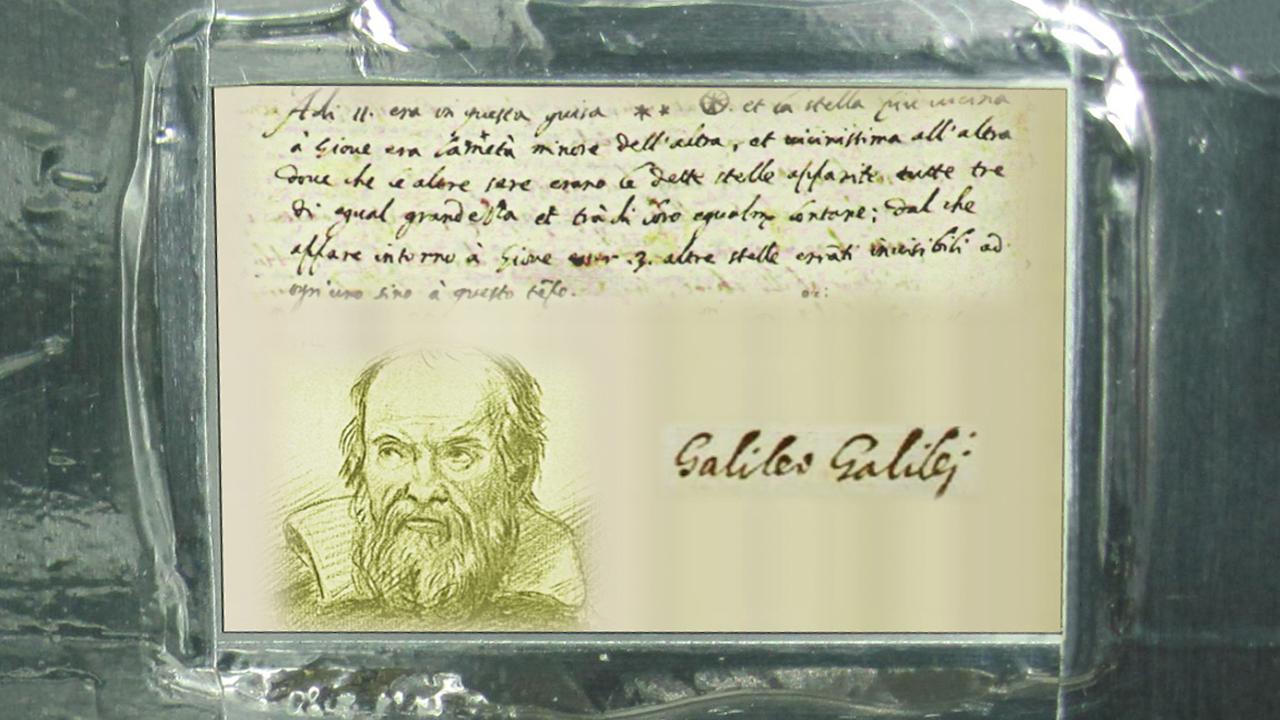
Figure 13.2 below - Jupiter's Moons: Image of a draft letter written by Galileo in August 1609 to Leonardo Donato, Doge of Venice, and currently held in the University of Michigan Harlan Hatcher Graduate Library's Special Collections. The bottom half shows Galileo’s notes from observations of Jupiter’s moons.
Image Credit: Public Domain
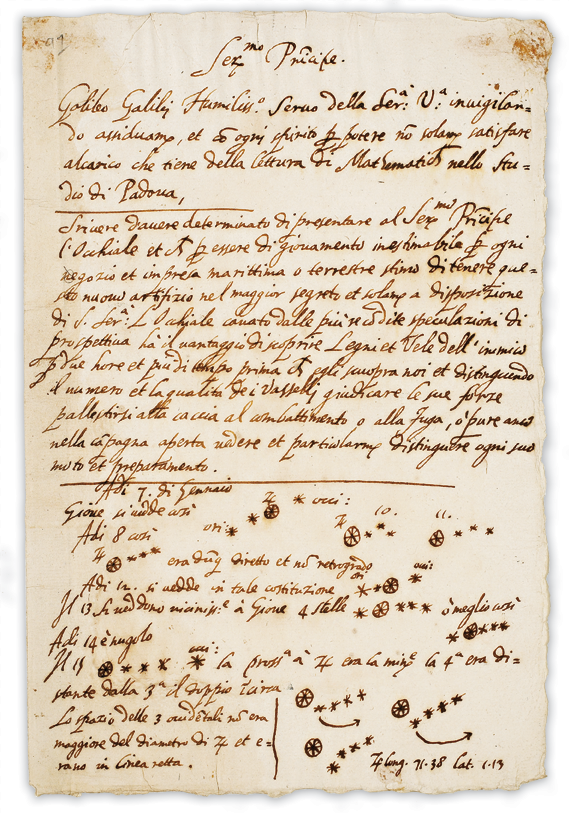
Figure 13.3 below - Galileo's Telescopes: Two of Galileo’s telescopes in the Museo Galileo in Florence, Sidereus Nuncius and Dialogo in the lower part of the case.
Image Credit: Photo by Peter Moore, 2015

Figure 13.4 below - Measuring Gravity: Inclined planes used for gravity experiments in the Museo Galileo in Florence.
Image Credit: Photo by Peter Moore, 2015
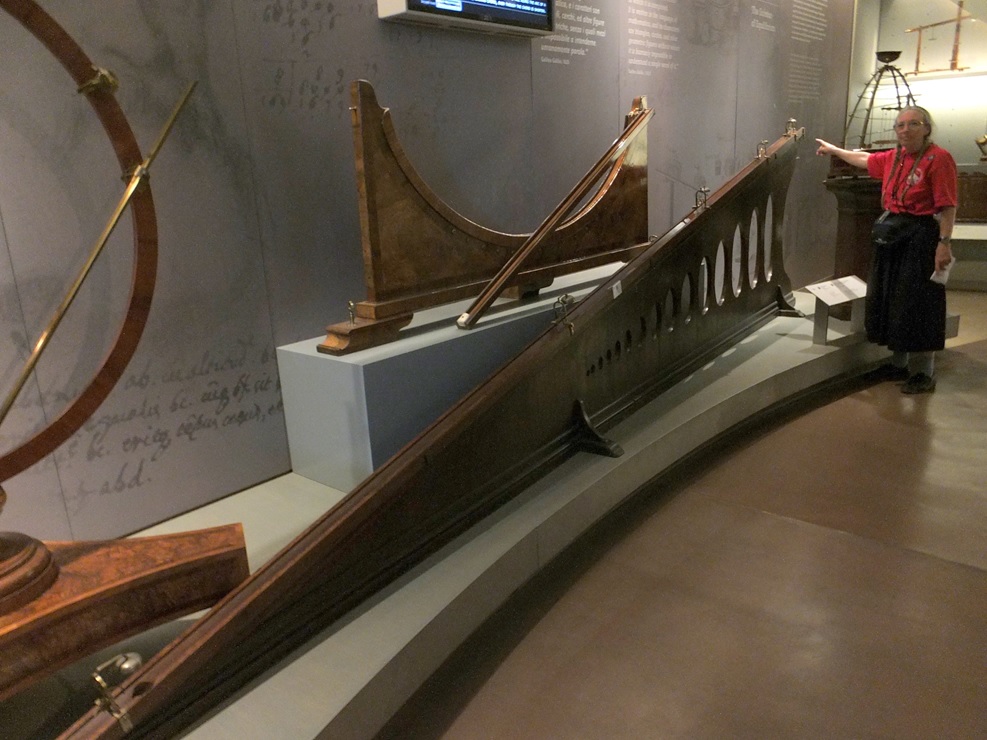
Video: Mister Galileo was correct – Commander David Scott drops a hammer and a feather on the Moon.
14: 1676 – Ole Rømer
Author: Lesa Moore
Our old friend, Galileo, was reputedly the first to attempt to measure the speed of light. His experiments flashing lamps between himself and an assistant on far hilltops at various separations only proved that light travelled too fast to be measured by that method.
It was Ole Rømer who managed to make the first reasonable approximation, not using any Earth-based apparatus, but by observing one of the moons of Jupiter (Io) – with multiple observations over a long period of time (between 1671 and 1673). His approximation was not in units of km/s or anything you might use today but, rather, in terms of minutes per Earth-orbit-radius.
Rømer had scored a job at the Royal Observatory in Paris (opened 1671) after timing an eclipse of Io as part of an exercise in determining longitude (but that’s another story). It was there that he made carefully-timed observations of eclipses of Io, noting the times that Io moved into Jupiter’s shadow or emerged from it.
These observations are not possible when Jupiter is at opposition (when Jupiter’s shadow cannot be seen from Earth) or at conjunction (when Jupiter is too close to the Sun to observe), but can be made at other times.
Rømer was able to demonstrate that, as Earth was moving away from Jupiter (between opposition and conjunction), Io’s eclipses were happening later and later. Similarly, as Earth moved closer to Jupiter (between conjunction and opposition), the eclipses were happening earlier each time. He rightly concluded that this was due to the finite speed of light.
Io’s orbit only takes 42.5 hours. If measurements of successive orbits were made, the difference between the average period and observed period between one observation and the next would only amount to some 15 seconds. However, by measuring the cumulative effect, it was possible to work out roughly how long it would take for light to cross Earth’s orbit.
In 1676, he announced to the Royal Academy of Sciences in Paris that “light seems to take about ten to eleven minutes [to cross] a distance equal to the half-diameter of the terrestrial orbit.” This is a little off the true value (8 minutes 19 seconds), but remarkable work for his time.
He also developed one of the first temperature scales and, in 1700, persuaded the king to introduce the Gregorian calendar in Denmark/Norway.
Figure 14.1 below - Rømer’s Log: Ole Rømer’s “observations of the first Jupiter moon / Paris”
Image Credit: Public Domain

Figure 14.2 below - Geometry: Ole Rømer’s diagram showing the orbit of Earth around the Sun and position of Jupiter and Io. Eclipses happen earlier each time between the unmarked point and G, and later each time between L and K.
Image Credit: Bobis and Lequeux, 2008
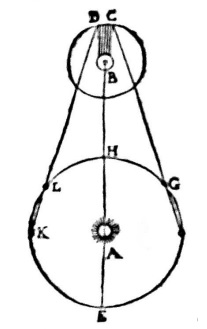
15: 1687, 1704 – Isaac Newton
Author: Ian Kemp
Isaac Newton (1642-1727) claimed to have stood “on the shoulders of giants” but there are few with a bigger reputation in the history of physics and astronomy. I’m not sure how you used your time during the Coronavirus Pandemic, but Newton was sent to work from home when the Cambridge University was closed during the Great Plague. At Cambridge, the orthodoxy was the teachings of Aristotle - but Newton found out about more modern research including the work of Galileo and Kepler. During his ‘work from home’ period, he put together three of his greatest contributions to modern science: The theory of infinitesimal calculus (derivatives and integrals and all that), his theory of optics - based on a particle conception of light, and his theory of universal gravitation.
The first of the three allowed accelerations, velocities and displacements to be related mathematically - critical concepts in the study of celestial mechanics. The second provided a theory of colour, and led to him realising that any telescope using lenses (refraction) would suffer colour dispersion, so he designed a reflecting telescope using a curved mirror (many of us still use “Newtonian” telescopes today). The third of his biggies was the realisation that an inverse-square law of gravity could explain the motion of falling objects here on Earth, and could also account for elliptical orbits, thereby giving a theoretical backup to Kepler’s interpretation of Brahe’s measurements.
Newton’s theories were so good that they are still in general use today. Where his cosmology fell down is in assuming ‘absolute’ space and ‘absolute’ time, and that his gravitational force is instantaneous. These seem like common-sense concepts but have been replaced by theories of the 20th century. If you feel like it, you can order an English translation of his great book “Principia” from your favourite online bookstore.
Figure 15.1 below - Portrait of Isaac Newton:
Image Credit: Wikimedia Commons

Figure 15.2 below - Newton’s own reflecting telescope
Image Credit: Royal Society of London

Figure 15.3 below - White light and colours Newton demonstrated with a prism that white light contains all the colours of the rainbow.
Image Credit: Encyclopedia Britannica

Link: View an image and details of the Sir Isaac Newton Monument in Westminster Abbey here.

